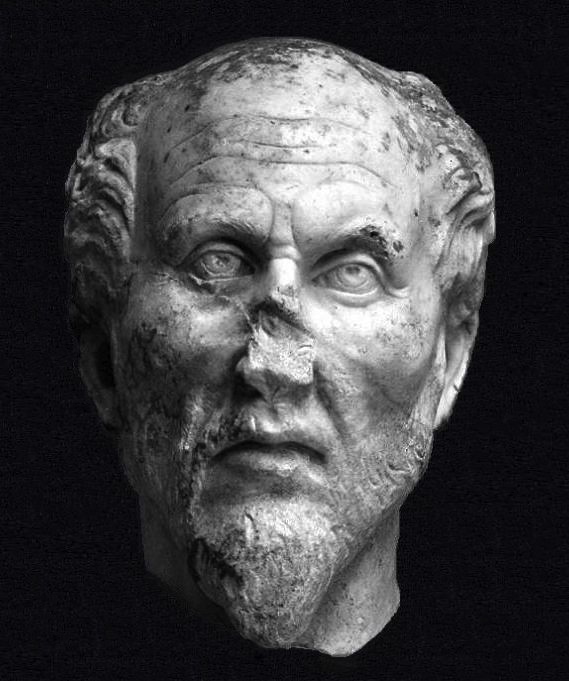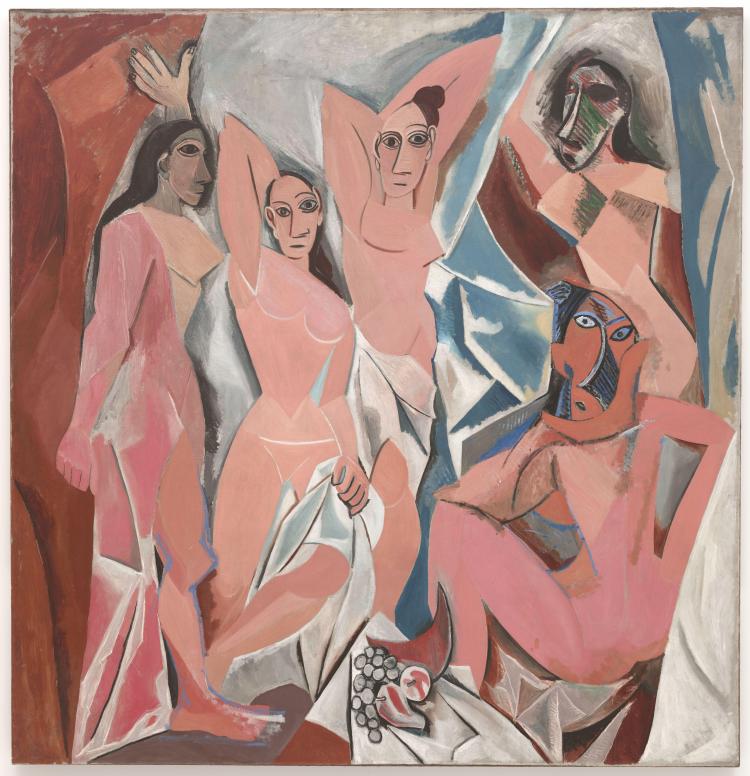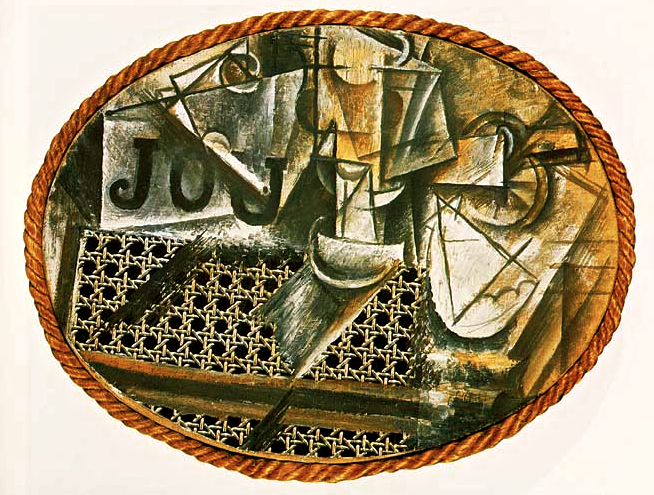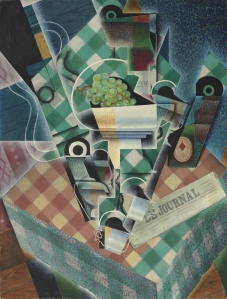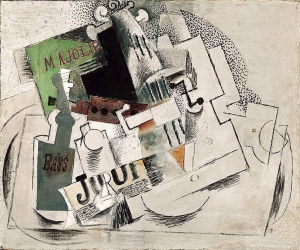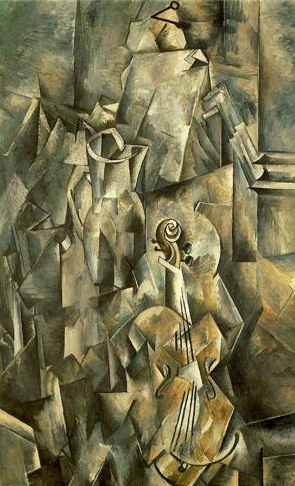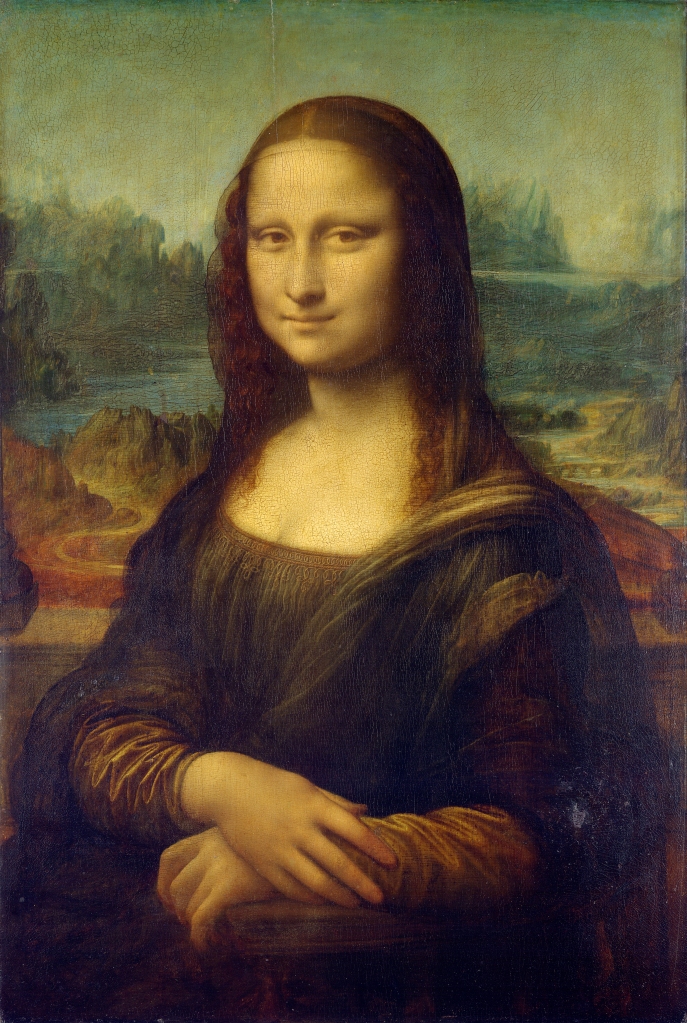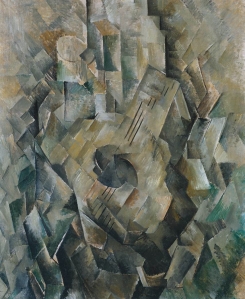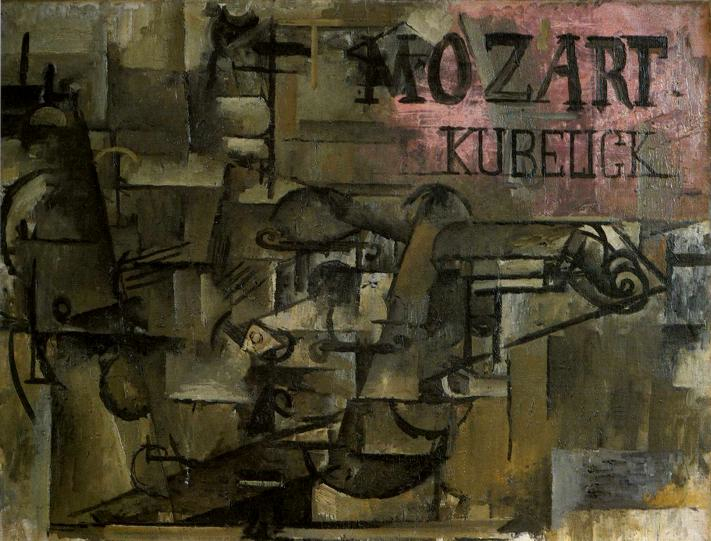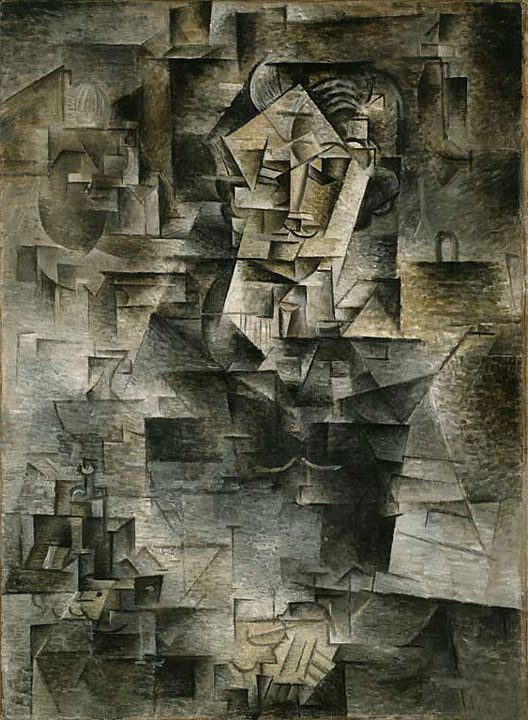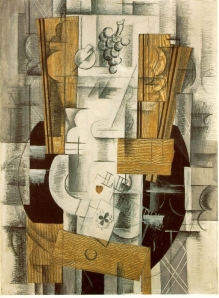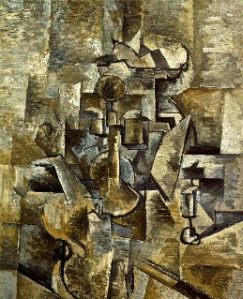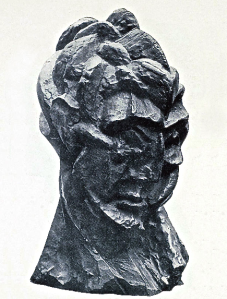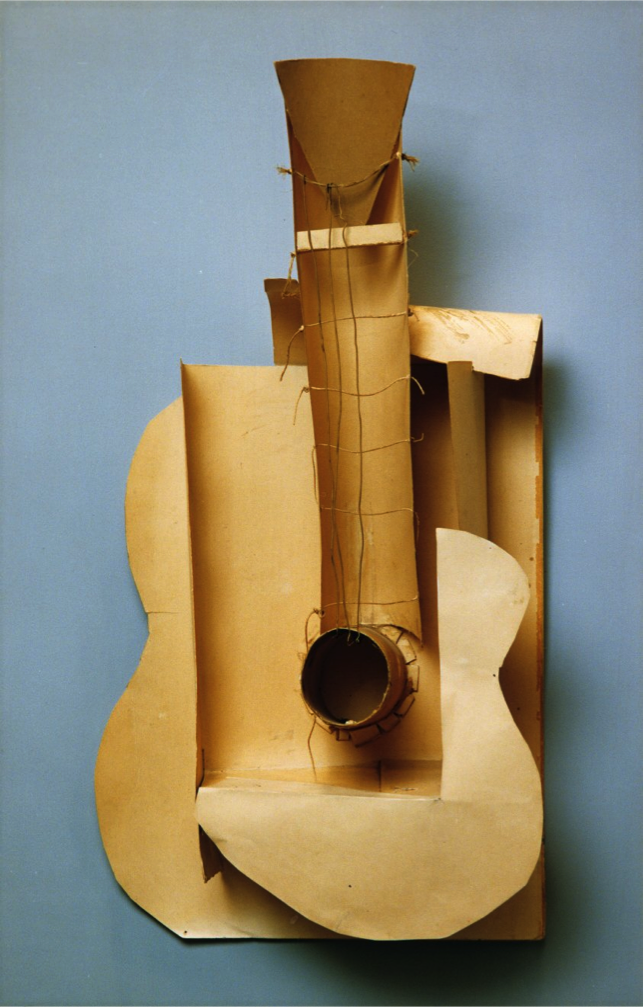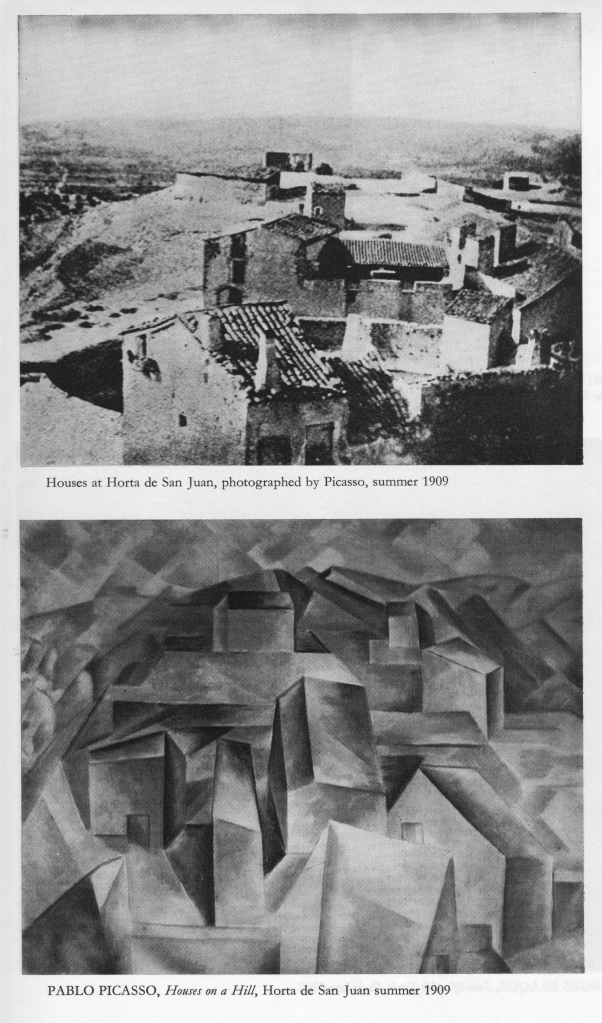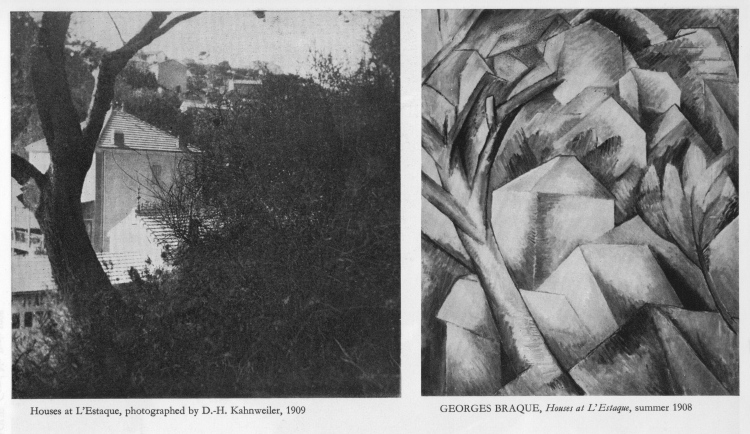Bergson thought that geometry is immanent in the universe1 and that nature as a unity can be represented in an abstract and geometric form.2 Geometry as consciousness is prior to intellect and is the latter’s goal of perfect fulfilment.3 It is eternal and impersonal.4
The intellect, through tendency to its goal, carries ‘a latent geometrism that is set free in the measure and proportion that (it) penetrates into the inner nature of inert matter.’5 This results in the geometrification of space.6
Bergson thought that our ‘minds’ give matter its true materiality7 since every aspect of matter acts on every other aspect of matter and that ‘all division of matter into independent bodies with absolutely determined outlines is an artificial division.’8
There is something more but not different to matter than what is given by the senses, and this is geometry – ‘matter…is weighted with geometry.’9
The space of consciousness is real motion10 and therefore doesn’t exist between things but in the relations between things and as such is part of duration and the absolute.11 The intuition of space and direction requires the same geometrisation of nature as the intuition of bodies.12
Bergson wrote that ‘spatialised time’ is a fourth dimension of space. This occurs in consciousness where ‘the mind’ brings together simultaneities or successive moments and gives them duration.
‘Thanks to philosophy, all things acquire depth – more than depth, something like a fourth dimension which permits anterior perceptions to remain bound up with present perceptions and the immediate future itself to become partly outlined in the present. Reality…then…affirms itself dynamically, in the continuity and variability of its tendency. What was immobile and frozen in our perception is warmed and set in motion. Everything comes to life around us, everything is revivified in us.’13
‘Space is no more without us than within us, and…all sensations partake of extensity.’ The problem with ‘ordinary realism’ is that sensations are extracted from each other and placed apart in an indefinite and empty space.14 In reference to contemporary psychology, Bergson wrote ‘It is maintained, not without an appearance of reason, that there is no sensation without extensity or without a feeling of “volume”.’15
Bergson used the achievements of science to refute ‘the positive sciences’ and to justify his theories. Not only are all atoms interpenetrating, with each atom occupying the whole of gravitational space, the materiality of the atom dissolves further, with the advance of knowledge, to a point where objective matter no longer exists, but force becomes ‘materialised’. This force returns continuity to the universe.16 Bergson referred to Faraday’s work
‘For Faraday, the atom is a centre of force. He means by this that the individuality of the atom consists in the mathematical point at which cross, radiating throughout space, the indefinite lines of force which really constitute it: thus each atom occupies the whole space to which gravitation extends and all atoms are interpenetrating.’17
and to that of Lord Kelvin
‘Lord Kelvin, moving in another order of ideas, supposes a perfect, continuous, homogeneous and incompressible fluid, filling space: what we term an atom he makes into a vortex ring, ever whirling in this continuity and owing its properties to its circular form, its existence and consequently, its individuality to its motion…vortices and lines of force…point out the direction in which we may seek for a representation of the real.’18
Bergson stressed the interpenetration of all things.19 Although the material world can be extended in space and ‘the mental’ cannot, they form an absolute interpenetration with no independent parts.
‘A priori and apart from any hypothesis on the nature of the matter, it is evident that the materiality of a body does not stop at the point at which we touch it: a body is present wherever its influence is felt…The more physics advances, the more it effaces the individuality of bodies and even of the particles into which the scientific imagination began by decomposing them: bodies and corpuscles tend to dissolve into a universal interaction.’20
Notes
1. Creative Evolution, op. cit., 361. ↩
2. Ibid., 190. Even in extension, the body is defined by geometry, Creative Evolution, op. cit., 349. Also, ‘Descartes reduced matter – considered at the instant – to extension; physics in his eyes, attained to the real insofar as it was geometrical.’ Duration and Simultaneity, op. cit., 160 ↩
3. Ibid., 210-211 ↩
4. Selections from Bergson, op. cit., 63 ↩
5. Creative Evolution, op. cit., 195 ↩
6. Selections from Bergson, op. cit., 135 ↩
7. Creative Evolution, op. cit., 202 ↩
8. Matter and Memory, op. cit., 196 ↩
9. Creative Evolution, op. cit., 369 ↩
10. Matter and Memory, op. cit., 217 ↩
11. Bergsonism, op.cit., 49 ↩
12. Creative Evolution, op. cit., 212 ↩
13. The Creative Mind, op. cit., 186 ↩
14. Matter and Memory, op. cit., 216 ↩
15. Ibid., 217 ↩
16. Bergson and Modern Thought, op. cit., 83-84; Matter and Memory, op. cit., 199-200. Compare with Kandinsky, ‘This discovery (the further division of the atom) struck me with terrific impact, comparable to that of the end of the world. In the twinkling of an eye, the mighty arches of science lay shattered before me. All things became flimsy, with no strength of certainty…To me, science had been destroyed.’ Concerning the Spiritual in Art, 1911, reprint., New York 1977, 14. Also Marinetti, ‘“Let’s go!” I said, “Let’s go friends! Let’s go out. Mythology and the Mystic Ideal are finally overcome. We are about to witness the birth of the centaur and soon we shall see the first angels fly!” ‘The Foundation and Manifesto of Futurism, 1908, in H. Chipp, ed., Theories of Modern Art, A Source Book by Artists and Critics, California,1968, 284. Lenin wrote that ‘matter’ is a philosophical concept for objective reality and that ‘“Matter disappears” means that the limit within which we have hitherto known matter disappears and that our knowledge is penetrating deeper’. V.I.Lenin, Materialism and Empirio-Criticism, Critical Comments on a Reactionary Philosophy, 1908, reprint., Moscow, 1977, 241 ↩
17. Matter and Memory, op. cit., 201. Antliff has written on the impact of Bergson’s philosophy on Futurism. Gino Severini painted Travel Memories in 1911 in response to his reading of Bergson’s An Introduction to Metaphysics. See ‘Bergson and Cubism: A Reassessment’, op. cit., 345 ↩
18. Matter and Memory, op. cit., 201. In 1912 Apollinaire described Delaunay’s art as ‘Orphic Cubism’. In the same year Delaunay wrote an article titled ‘La Lumière’ in which he made frequent use of Bergsonian concepts – ‘simultaneity’, ‘rhythm’, ‘vital movement’, ‘visual movement’ and ‘dynamic’. His Eiffel Tower (1911) like Gleizes’ Portrait of Jacques Nayral (1911) was painted from collective memories. Antliff wrote that Delaunay’s Eiffel Tower had a Bergsonian genealogy. See ‘Bergson and Cubism: A Reassessment’ op. cit., 345 ↩
19. Creative Evolution, op. cit., 266 ↩
20. Ibid., 188 ↩
